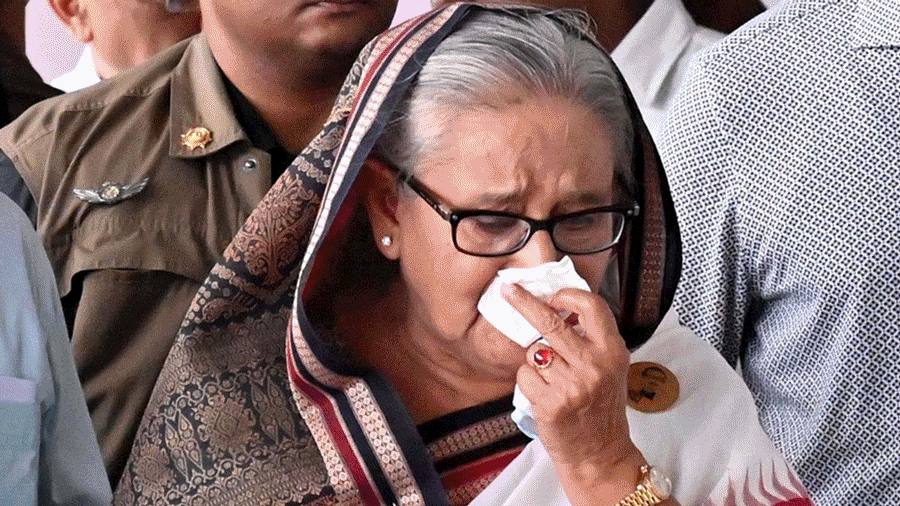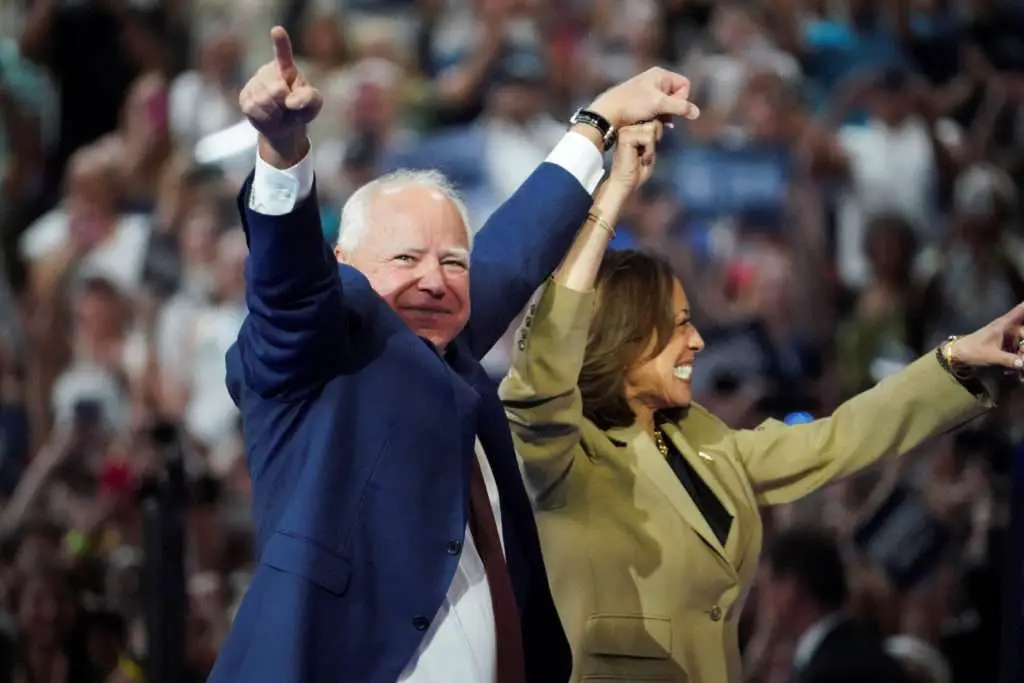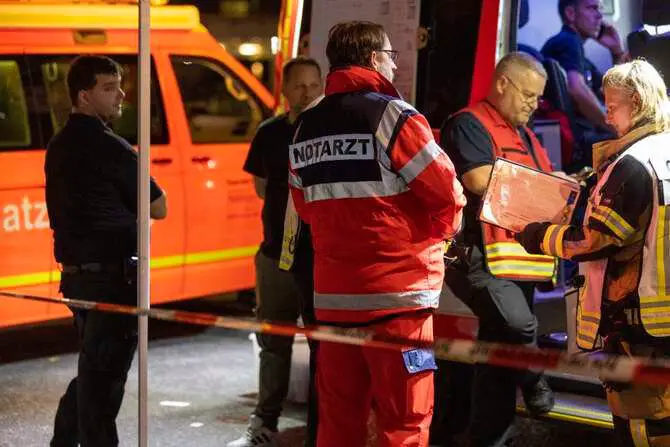Hamas political leader Ismail Haniyeh was killed in Tehran, Iran on July 31, 2024, by an alleged Israeli airstrike,around 02:00 (22:30 GMT).Haniyeh, 62, was widely considered Hamas’s overall leader and played a key role in negotiations aimed at reaching a ceasefire in the Gaza Strip.
Today, The Israeli government’s press office posted a photo of Haniyeh on social media captioned with the word “eliminated”, which it has subsequently deleted.
Ismail Haniyeh had been in Tehran attending the inauguration of Iran’s new president, Hamas said (Getty Image).
According to Hamas, Haniyeh was in Tehran to take part in the inauguration ceremony of the new Iranian President Masoud Pezeshkian, who was sworn in on Tuesday.
His death could now delay efforts to bring about a ceasefire in Gaza, as he was a critical interlocutor in the negotiations brokered by Qatar, the US and Egypt.
Several countries, including Iraq, Turkey, Russia and Qatar have condemned the attack. US Secretary of State Antony Blinken said the assassination was “something we were not aware of or involved in”.
Hamas’s armed wing said Haniyeh’s death would “take the battle to new dimensions” and have major repercussions.
Iran’s leader Ayatollah Khamenei has vowed “harsh punishment” against Israel, and has declared three days of national mourning
Haniyeh’s death comes just a hours after Israel claimed it killed the top military commander of Hezbollah, a Lebanon-based group, also backed by Iran.
Israel said it killed Fuad Shukr in an air strike, in retaliation for a rocket attack in the Israeli-occupied Golan Heights at the weekend.
Hezbollah has not yet confirmed that a senior commander was killed by an Israeli attack in Beirut on Tuesday, but has said Shukr was in a building which was targeted.
“Since the incident, the civil defence teams have been working to lift the rubble steadily, but slowly, due to the situation of the destroyed classes, and we are still waiting for the result,” a statement released by the group on Wednesday said.
Israel’s Defence Minister Yoav Gallant said the country was not seeking to escalate with Hezbollah, but was “prepared to handle all scenarios”.
There was no immediate reaction from the White House to the killing of Haniyeh. A key question was whether Israel told its top ally the U.S. ahead of time about the strike.
Asked about Haniyeh’s killing during a visit to Singapore, U.S. Secretary of State Antony Blinken said, “This is something we were not aware of or involved in.”
Haniyeh left the Gaza Strip in 2019 and had lived in exile in Qatar. Israel has targeted Hamas figures in Lebanon and Syria during the war — but going after Haniyeh in Iran was vastly more sensitive. But Israel has operated there in the past: It is suspected of running a yearslong assassination campaign against Iranian nuclear scientists. In 2020, a top Iranian military nuclear scientist, Mohsen Fakhrizadeh, was killed by a remote-controlled machine gun while traveling in a car outside Tehran.
As a show of support for Hamas in the Gaza war, Hezbollah has been exchanging fire almost daily with Israel across the Israeli-Lebanese border in a simmering but deadly conflict that has repeatedly threatened to escalate into all-out war. The Houthis and Iraqi and Syrian militias have also fired rockets and drones at Israel and at American bases in the region, though most have been intercepted.
A strike Tuesday night southwest of the Iraqi capital Baghdad killed four members of one Iranian-backed militia, Kataib Hezbollah, which has targeted U.S. bases previously, according to Iraq’s Popular Mobilization Forces, a militia coalition. It accused the U.S. of being behind the strike.
A U.S. defense official, who spoke on condition of anonymity in accordance with regulations, said U.S. forces had carried out a “defensive airstrike . targeting combatants” trying a launch which they assessed “based on recent attacks in Iraq and Syria . posed a threat to U.S. and coalition forces.



